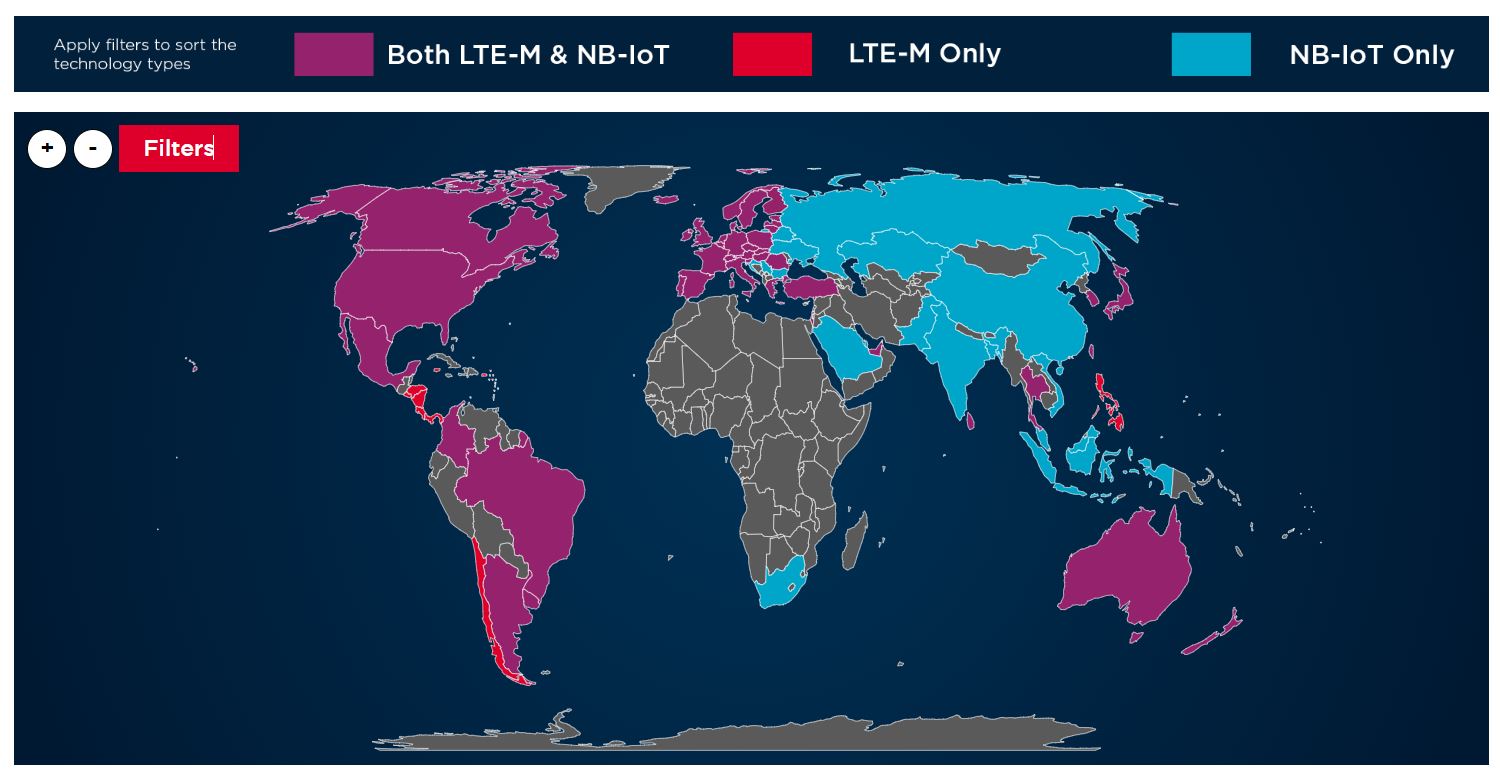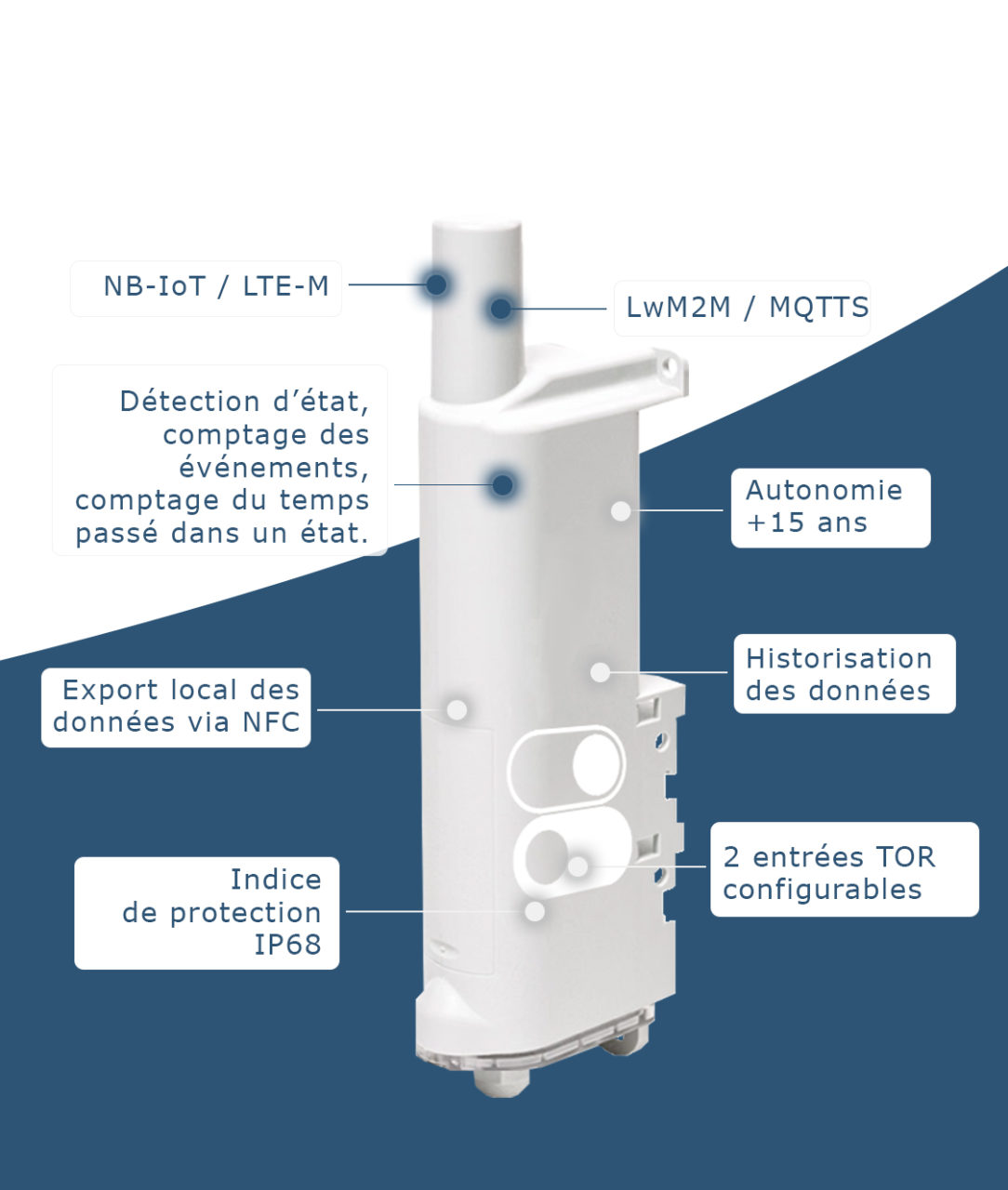In the world of the Internet of Things (IoT), sensors play an essential role in collecting and transmitting valuable data. To connect these sensors to cellular networks, two emerging technologies stand out: NB-IoT (Narrowband IoT) and LTE-M1 or LTE Cat-M1 (Long Term Evolution for Machines). In this article, we’ll look at the differences between these two technologies to help you choose the one best suited to your IoT sensor applications.
NB-IoT (Narrowband IoT)
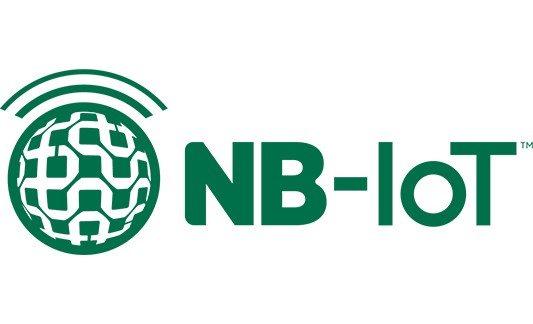
NB-IoT is a wide-range network technology specially designed for IoT applications requiring low power consumption and low-speed connectivity. It uses a narrow bandwidth, enabling it to provide excellent signal penetration through obstacles, such as buildings and underground areas. NB-IoT is ideal for IoT sensor applications requiring long battery life and reliable connectivity over long distances.
LTE-M1 (Long Term Evolution for Machines)
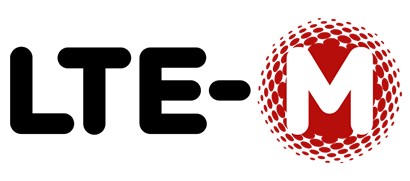
LTE-M1, otherwise known as LTE-Cat-M1, is also a cellular network technology suitable for IoT applications. It offers higher data rates than NB-IoT, while maintaining low power consumption. LTE-M1 supports applications requiring bidirectional communication and higher data transfers, such as vehicle tracking and security systems. What’s more, LTE-M1 offers better latency than NB-IoT, which is essential for IoT applications requiring real-time responses.
Key elements to compare
When choosing between NB-IoT and LTE-M1 for IoT sensor applications, it’s crucial to consider the specific requirements of each project. Here are some key points to consider for a more detailed comparison:
Worldwide deployment
Energy consumption
Battery life is a crucial factor for IoT sensors, as they are usually powered by limited energy sources, such as batteries or rechargeable batteries. NB-IoT features low power consumption, enabling extended battery life for IoT sensors. This makes it an ideal solution for applications where sensors are deployed in hard-to-reach or low-maintenance locations. Although LTE-M1 consumes slightly more energy than NB-IoT, it is still more economical than traditional cellular technologies, offering sufficient battery life for many IoT applications.
Latency and bidirectional connectivity
Latency, i.e. the delay between sending a request and receiving a response, is an important aspect in IoT applications. LTE-M1 offers better latency than NB-IoT, meaning IoT devices can communicate faster and get real-time responses. This can be essential for applications such as security systems or connected medical devices, where fast responsiveness is crucial. What’s more, LTE-M1 supports bidirectional communication, enabling IoT sensors to send information and updates in real-time, in addition to receiving commands. NB-IoT, on the other hand, is optimized for one-way communication, which may be sufficient for certain IoT applications that do not require real-time feedback.
Data rate
Data throughput is an essential factor to consider, depending on the needs of your IoT application. If your application requires sporadic, low-rate data transmission, NB-IoT is an appropriate solution. For example, sensors used in environmental monitoring or meter reading applications can make do with low data rates. On the other hand, if your application involves larger data transfers and more information-rich communication, LTE-M1 offers higher data rates, suitable for applications such as vehicle tracking or video surveillance systems.
The cost
LTE-M offers higher throughput and lower latency than NB-IoT, making this technology generally more expensive. It is therefore essential to carefully assess your company’s specific needs to find the most suitable and cost-effective solution.
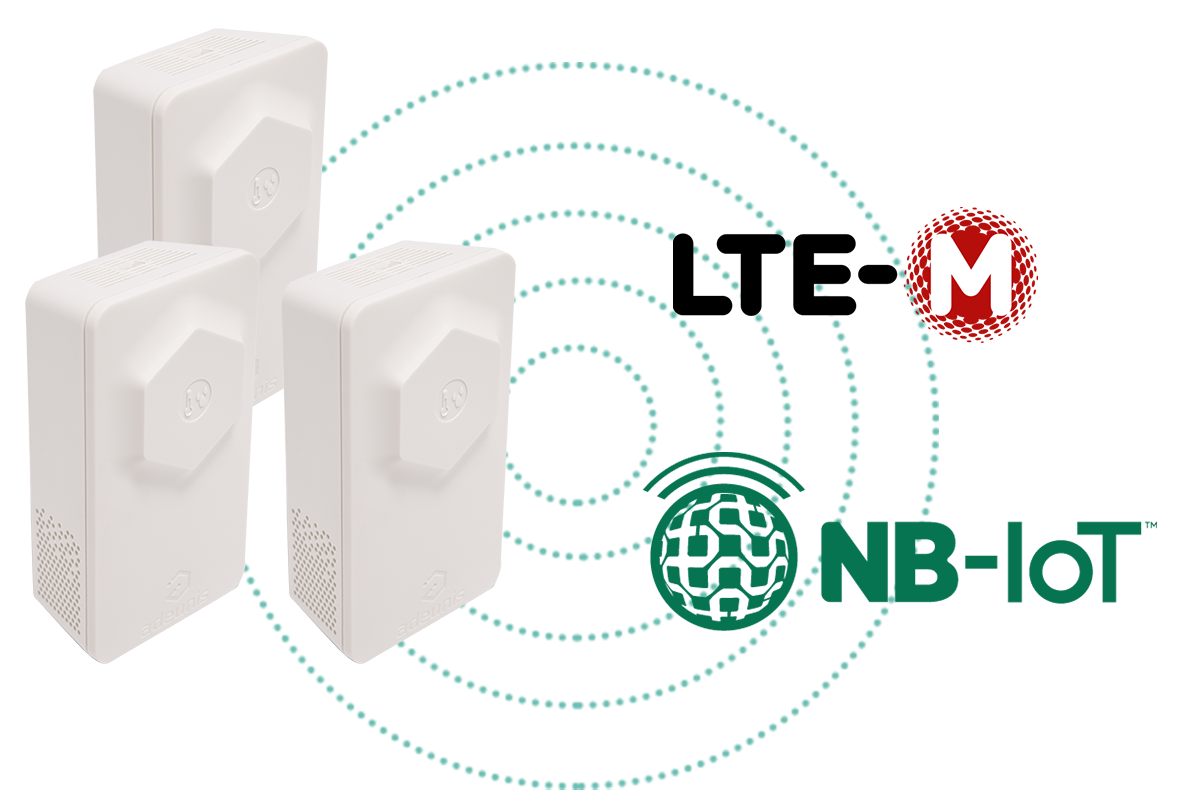
Technical comparison
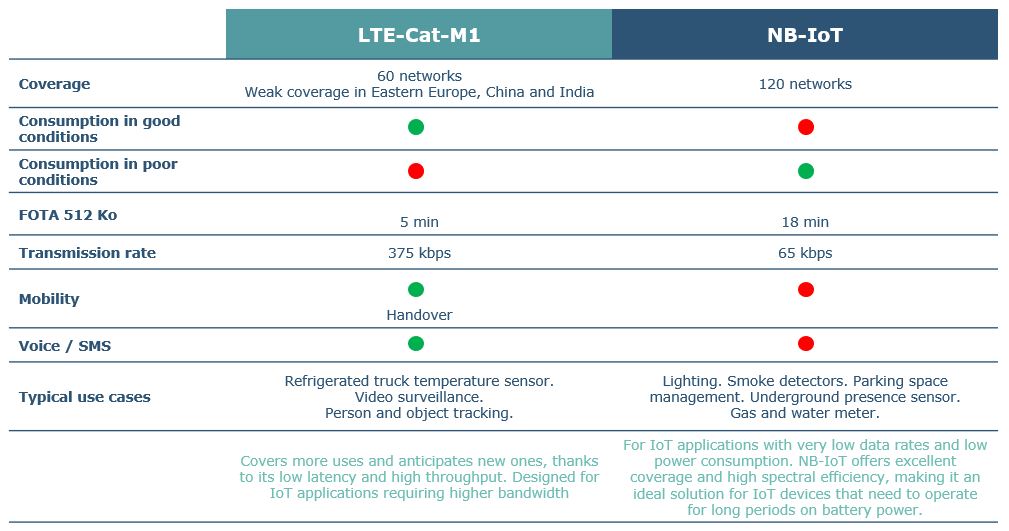
In conclusion, the decision between NB-IoT and LTE-M1 depends on the specific requirements of your IoT application. NB-IoT is ideal for applications requiring low power consumption, long-range connectivity and low data transmission rates. LTE-M1 is better suited to applications requiring higher data rates, reduced latency and bidirectional communication. Careful evaluation of these key factors will help you choose the right technology for your sensors.
15/06/2023
20 years
expertise to support you, from the diagnosis to the implementation of your solution

